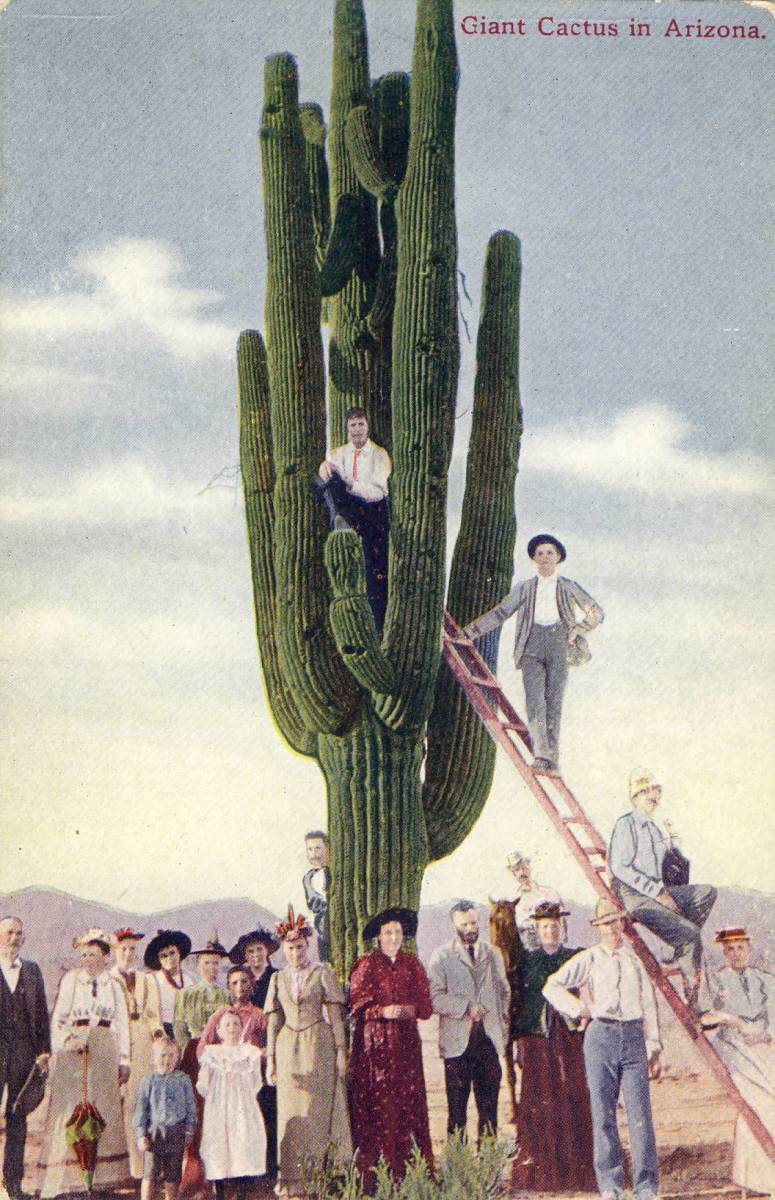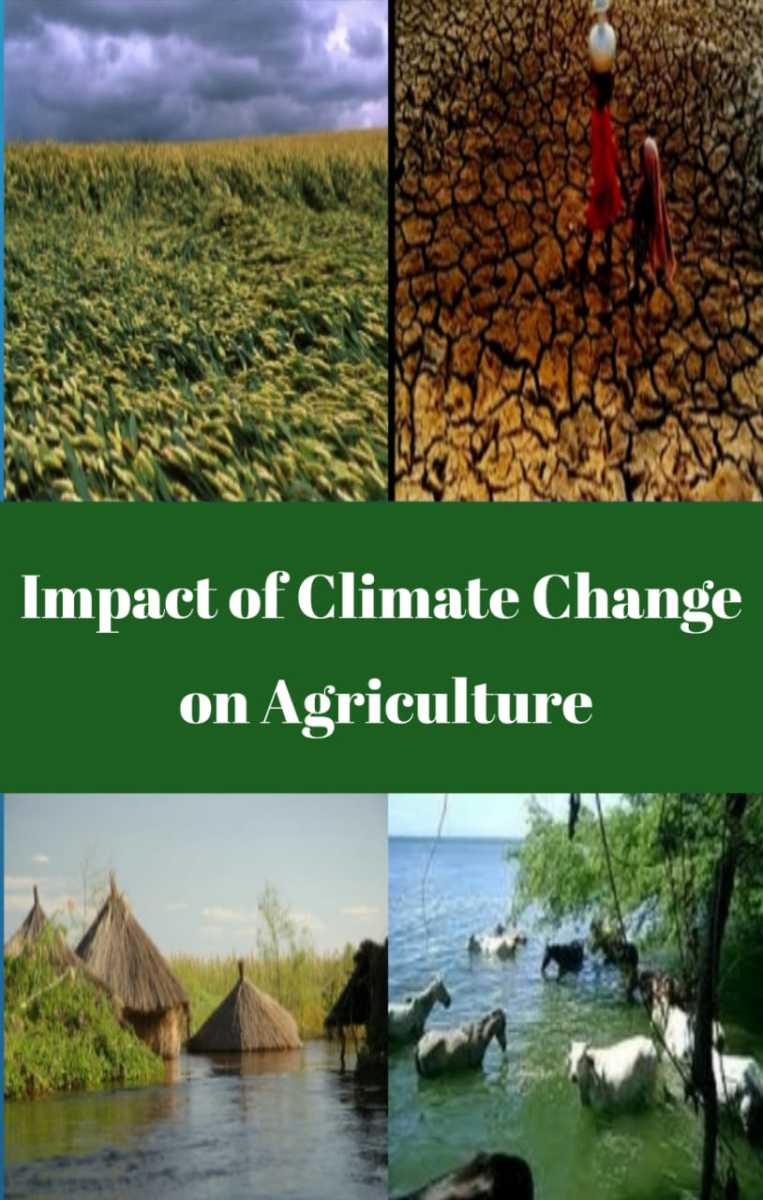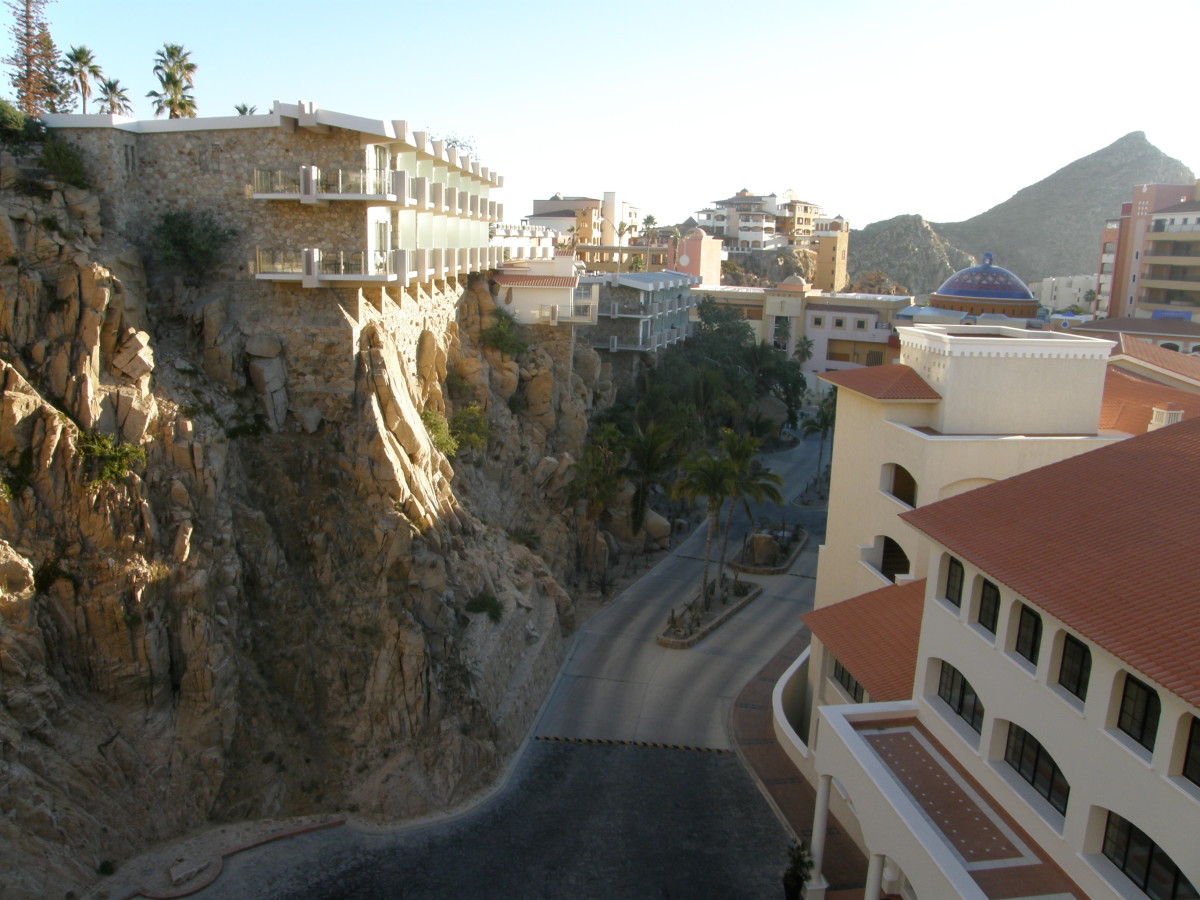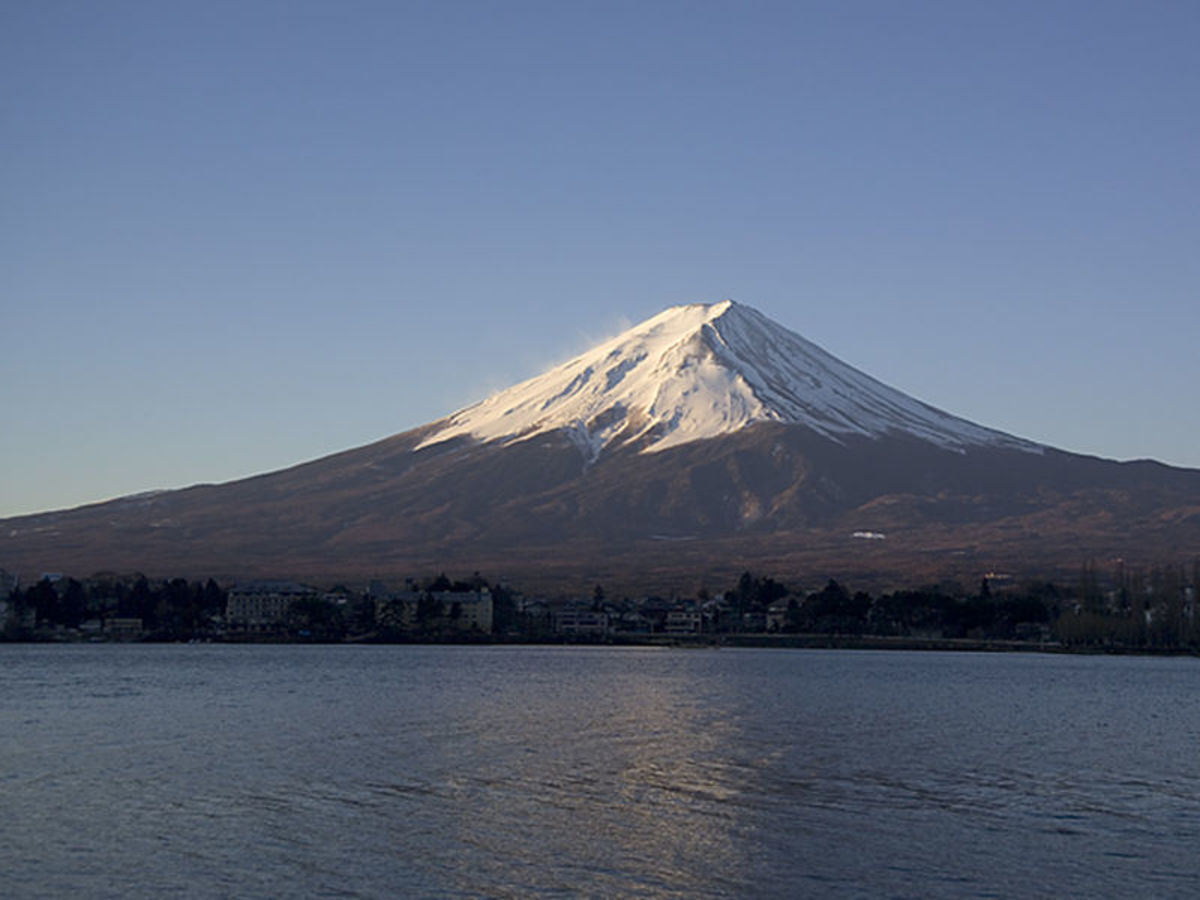Asian Deserts
Deserts are dry, arid regions of the planet that receive very less rainfall compared to other natural regions and biomes. They constitute a major portion of our planet, and are one of the largest biomes on Earth.
Regions are usually classified as deserts if the receive an average rainfall of less than 250 mm per year. In hot deserts temperature can reach as high as 50o C in summers or as low as 0o C in winter.
In such harsh conditions, water is extremely scarce, plant and animal life can be barely found. However the diversity of nature has allowed many plants and animals to still survive in these extreme region, making it the native habitat for these living things.
Here are a few facts about some of the notable Asian Deserts:
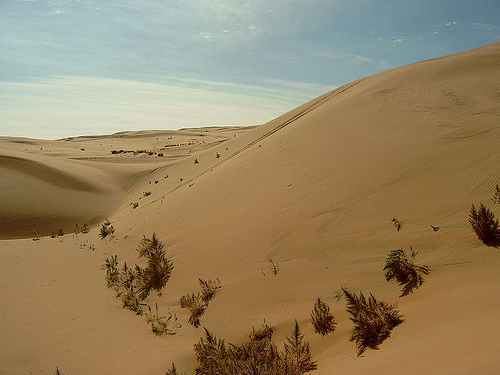
Gobi Desert Of Mongolia
It is one of the world's great deserts, 1,600 km long 800 km wide, covering much of the southern part of Mongolia. The range of temperature in Gobi desert varies between 40° C in summer to -40° C in winters, even getting snow sometimes.
Here, rainfall is not more than 100 mm per year, with some areas would be getting rained once in two or three years. Traveling through the desert sometimes becomes dangerous in spring and fall due to the strong winds (140 km/h).

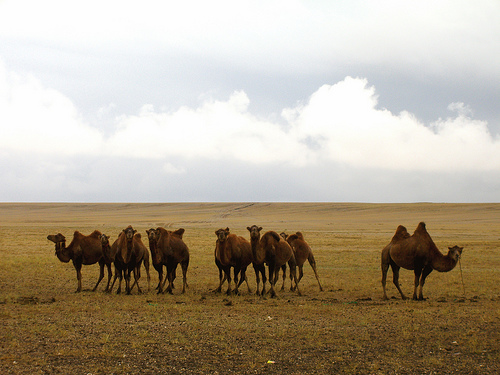
Cashmere goat is the most common lifestock here thriving in the harsh climate. The Great Gobi National Park is one of the World’s Largest Biospheres containing the last remaining wild two-humped camels, wild ass, and a small number of Gobi bears.
Bayankhongor Aimag is a small oasis, on the northern border of the Gobi desert, provides food and water to drink for herders and their livestock. Ekhiingol is an isolated oasis in the Southern Gobi and is surrounded by barren desert, growing tomatoes, cucumber, watermelon, peppers and some fruit, which are sold locally. The Great Wall of China runs next to its southern border of this desert.
Famous Deserts Of The World
- Famous Deserts
A desert is a type of region or terrain on, Earth's surface which receives very less rainfall compared to other regions.
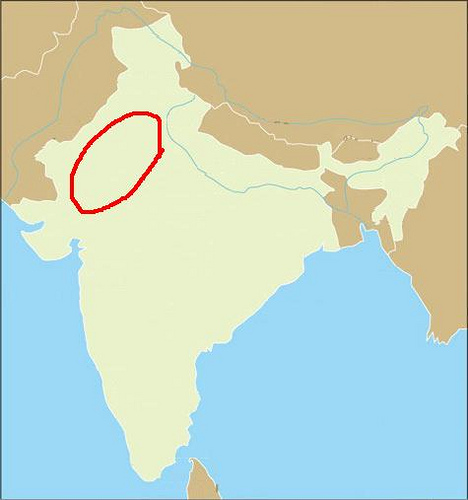
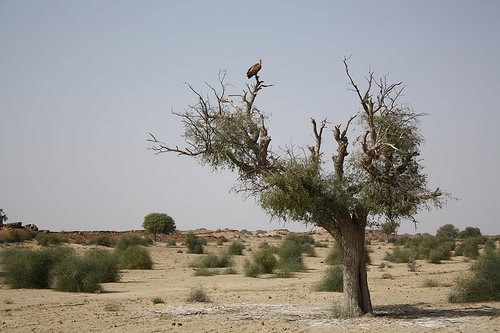
The Thar Desert
The world's 9th largest subtropical desert, the Thar Desert is comprised of an arid region with an area of about 200,000 square km in India and Pakistan.
In India the areas falling under this region are southern part of Haryana and Punjab and the northern Gujarat.
In Pakistan, western Sindh and the southeastern part of Pakistan's Punjab lie under it. It is surrounded by the Indus River valley, the Punjab plains, the Aravalli Range, and the Rann of Kutch.
The Largest Desert Of The World
- Antarctica Facts
The word Antarctica is taken from the Greek word 'Antarktik' which means opposite to the North. Antarctica is the only continent in the world which doesn't have permanent residents except scientists, who live here temporarily for research work.
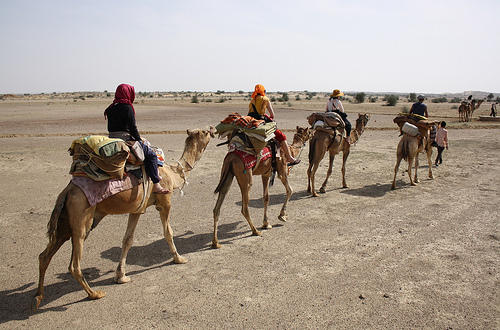
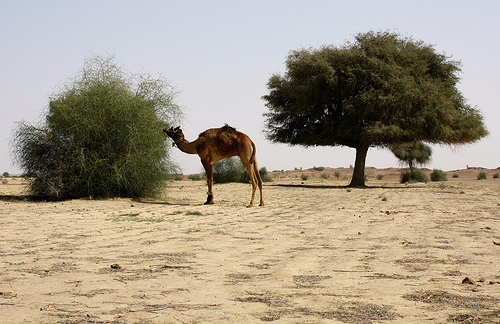
This area comprises of sand, dunes, and wind-eroded rock, where vegetation is limited to tree, shrubs and herbs. Population in the Thar is mainly of nomadic herder present in the east where rainfall is enough to support dry farming.
Irrigation is possible in a few places only mainly along the Luni River and the Rajasthan Canal. Different species of lizard and snakes are found here and several of them are common to the region.
Famous Plateaus Of The World
- Famous Plateaus
Plateaus are in general referred to as the flat top mountains but by definition a plateau is defined as a large flat piece of land raised approximately more than 15000 feet above its surroundings. - The Colorado Plateau
Colorado plateau province or Colorado plateau is land blessed with natural beauty. This province is center of four corner states of southwestern United States.

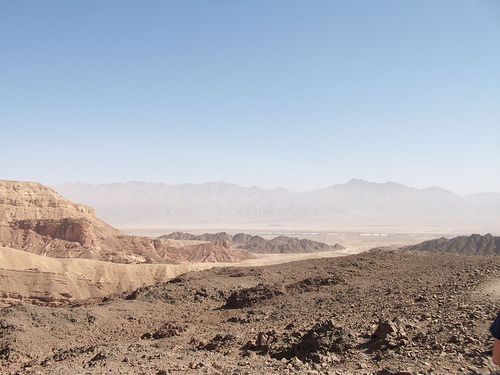
The Negev Desert
Negev, or Negeb, is an arid highland area making up southern half of the disputed state of Israel with some areas included in the Palestinian territory. The desert covers an area of 110 km wide and about 190 km long.
The land is uneven, with many canyons and dry streambeds. In the west, hills rise to almost 1,040 meters in the northeast side and the Dead Sea lies far below sea level. No permanent rivers lie in this desert and rainfall is low due to its location to the east of the Sahara i.e near 25 to 200 mm yearly.
Top Asian Mountains
- Famous Mountains
Nature is full of beauty, there are countless things around the world which remind us about the beauty of the world we live in.
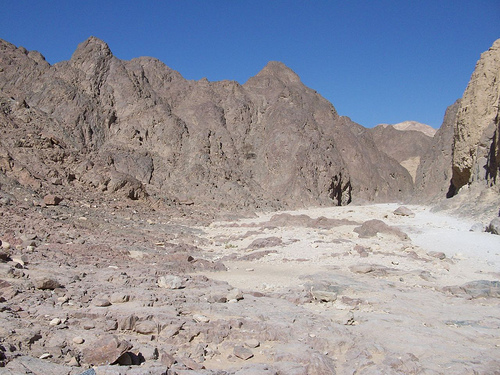
It is a rocky desert with the combination of brown, rocky, dusty mountains intermittent by dry riverbeds that fill in briefly after rain and deep craters. Historically people here survived mostly on sheep and goat husbandry but they need to move constantly because of scarcity of water.
But today improved irrigation methods produced grain, fruit, and vegetables. Majority of Israel's mineral yield comes from the Negev, particularly the Dead Sea area, where potash, bromine, and magnesium are produced. It is also the sunniest area of Israel and is the source of the Israeli solar industry.

The Taklimakan Desert
The Taklimakan Desert is a large arid area in China which is 800 km long and 400 km wide, lying between the TarimRiver on the north and the Kunlun Shan and the Altun Shan mountain ranges on the south.
It is an extremely dry as all the mountain rivers entering it ends in it. Taklamakan is a typical cold desert climate with temperature lowering sometimes well below −20 °C in winter time.
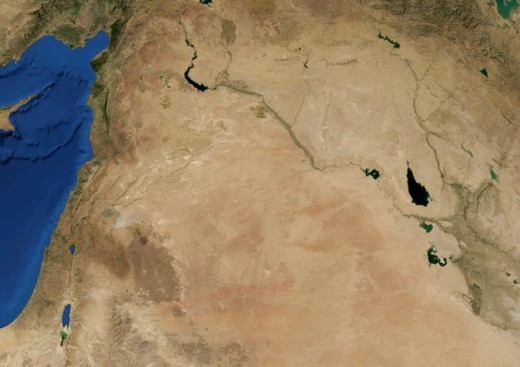
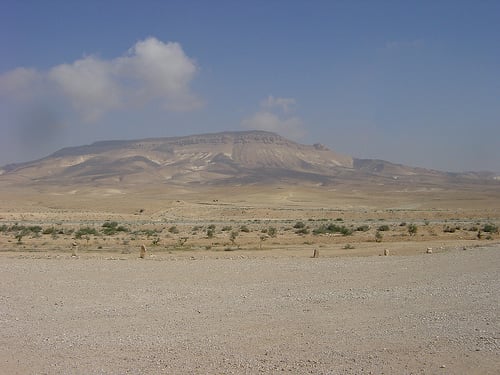
The Syrian Desert
Syrian Desert is an arid area in the Middle East lying just north of the Arabian Peninsula and south of the Fertile Crescent, covering parts of Syria, Jordan, Saudi Arabia, and Iraq.
Being triangular in shape it reaches greatest width of 970 km, along the base in the south.
The desert's amazing landscape was shaped by lava flows from the volcanic eruptions of Jebel Druze in southern Syria.
Land consists mostly of fairly flat, stony, and sandy plains with little or no vegetation and scattered salt flats, a few dunes, several low mountain ranges, and large tracts of rough, barren lava.
The desert was previously occupied by bedouin tribes but irregular and less rain made it unworkable for grazing lands for the herds of the nomadic Bedouins.

